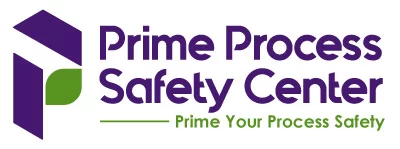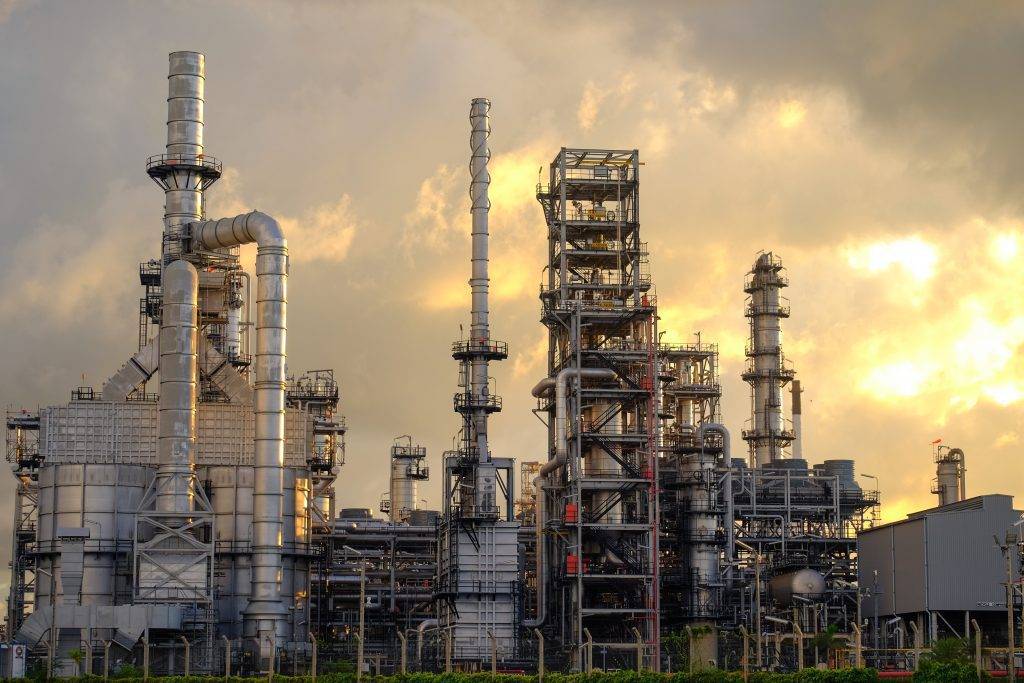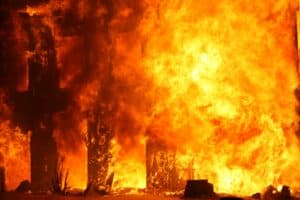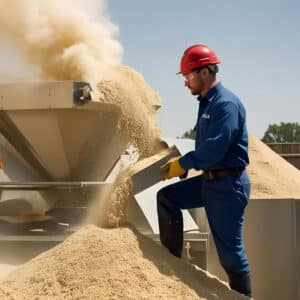We also offer
Emergency Relief System (ERS) Design
Emergency Relief Systems (ERS) are critical components of process safety management in the chemical, petrochemical, and manufacturing industries. Their primary purpose is to protect equipment, personnel, and the environment by providing a controlled release of pressure during uncontrolled chemical reactions, runaway processes, or other hazardous events.
Key Considerations in Emergency Relief System Design
Effective Emergency Relief System design requires careful consideration of process conditions, failure scenarios, and safety objectives. Key elements include:
-
Identifying Hazards:
A thorough hazard analysis is essential to identify process failure scenarios such as potential runaway reactions, process upsets, or other conditions that could lead to excessive pressure buildup. -
Sizing Relief Devices:
Relief valves, rupture disks, and other relief devices must be properly sized to handle maximum expected pressure relief flow, ensuring adequate protection during abnormal events. -
Vent System Design:
The vent system should safely discharge relieved material away from personnel and equipment, minimizing potential fire, explosion, or exposure hazards. -
Instrumentation and Controls:
Proper instrumentation and control systems are critical for detecting pressure excursions, initiating relief valve operation, and activating safety measures. -
Maintenance and Inspections:
Routine maintenance and inspection of ERS components ensure long-term reliability and effectiveness in preventing overpressure incidents.
Types of Relief Devices
Several types of pressure relief devices are used in emergency relief systems. The most common include:
-
Safety Relief Valve:
A general term for either a safety valve or a relief valve, depending on the application. -
Relief Valve:
A spring-loaded valve actuated by the static upstream pressure, opening in proportion to the pressure increase. Commonly used with incompressible fluids. -
Safety Valve:
A spring-loaded valve characterized by rapid “pop” action, typically used with compressible fluids such as gases or vapors. -
Pilot-Operated Pressure-Relief Valve:
Combines a main relieving device with a self-actuated pilot valve, allowing precise control and higher set pressures. -
Rupture Disk (Bursting Disk):
A non-reclosing device that ruptures at a predetermined pressure to relieve overpressure or vacuum conditions. -
Pin-Actuated Device:
A non-reclosing relief device that functions by buckling or breaking a pin to open a piston or plug, allowing full discharge when activated.
Benefits of a Properly Designed ERS
A well-designed Emergency Relief System offers numerous safety, operational, and compliance benefits:
-
Prevents Catastrophic Accidents:
Provides controlled pressure relief, preventing explosions, equipment failures, and injuries. -
Protects Equipment:
Safeguards process vessels, piping, and ancillary equipment from overpressure and mechanical damage. -
Ensures Regulatory Compliance:
Supports compliance with standards such as OSHA PSM, API 520, API 521, and NFPA 30, among others. -
Minimizes Environmental Impact:
Prevents the release of hazardous materials into the environment, protecting ecosystems and nearby communities. -
Enhances Safety Culture:
A reliable ERS fosters a strong safety culture, reducing overall risk and improving operational performance.
Why Perform Emergency Relief System Design?
Performing a comprehensive Emergency Relief System Design is vital to ensure the safety of personnel, equipment, and the environment. This process:
-
Determines relief loads and capacities based on process data.
-
Selects appropriate relief devices suited to each system’s characteristics.
-
Designs safe discharge and effluent handling systems to control hazardous releases.
-
Reduces the likelihood of catastrophic failures or explosions.
-
Ensures regulatory compliance with industry codes and safety standards.
Through proper ERS design, organizations can minimize operational risks, achieve safer processes, and maintain compliance with process safety regulations.
Why Choose Prime Process Safety Center
Partnering with Prime Process Safety Center ensures your Emergency Relief System is expertly designed, compliant, and reliable.
-
Expertise:
Our team of engineers and safety professionals bring extensive experience in ERS design across diverse industries. -
Compliance:
We are well-versed in regulatory standards and ensure your ERS meets all required specifications. -
Customized Solutions:
Each design is tailored to your facility’s process conditions, ensuring safe and cost-effective performance. -
Lab Testing Capability:
Equipped with VSPII technology and advanced laboratory equipment, we conduct customized tests to obtain accurate data for ERS sizing and design, supported by our ISO/IEC 17025:2017 accredited laboratory. -
Cost-Effective Design:
Our experts balance safety requirements with economic feasibility, delivering optimal solutions. -
Collaboration:
We emphasize open communication and close collaboration throughout the design and implementation process. -
Continual Support:
Prime Process Safety Center provides ongoing support beyond the design phase, ensuring long-term system reliability.
FAQ
1. What is an emergency relief system?
An emergency relief system is a safety measure designed to protect equipment and personnel by safely venting excess pressure or relieving other hazardous conditions during abnormal or emergency situations.
2. Why is emergency relief system design important?
Emergency relief system design is crucial to prevent equipment overpressure, which can result in catastrophic failures, explosions, or releases of hazardous substances. Proper design ensures the protection of personnel, equipment, and the surrounding environment.
3. What are the key considerations in emergency relief system design?
Key considerations in emergency relief system design include identifying the worst-case credible scenario, determining relief loads, selecting appropriate relief devices, designing vent and flare systems, and considering the potential consequences of overpressure events.
4. How is relief load determined?
Relief load is determined by evaluating a range of scenarios including chemical reactions, thermal expansion, equipment failure, blocked flow, and external fires et al. Various process parameters such as flow rates, temperatures, and pressures are considered to calculate the required relief load.
5. What types of relief devices are commonly used?
Common types of relief devices include relief valves, rupture disks (bursting discs), and safety relief valves. Each device operates differently but serves the same purpose of relieving excessive pressure to prevent over-pressurization.
6. How should the sizing of relief devices be determined?
The sizing of relief devices is determined by considering factors such as the relieving pressure, relieving temperature, required capacity, fluid properties, and upstream and downstream piping conditions. A range of standards and codes such as API 520, API 521, and DIERS guideline provides guidelines for proper sizing calculations.
7. What is the role of vent and flare system design?
Vent and flare systems are designed to safely discharge and dispose of the relieved material. This design includes considerations such as the location of the vent, routing of the discharge, selection of the flare system, and compliance with environmental regulations.
8. How often should emergency relief system designs be reviewed or updated?
Emergency relief system designs should be periodically reviewed, especially when there are changes in process conditions, equipment modifications, or when new hazards are identified. Reviews should also occur if significant changes are made to relevant regulations or standards.
9. Can computer simulations be used in emergency relief system design?
Yes, computer simulation tools can be used to model and analyze various scenarios for emergency relief system design. These tools can assess relief loads, simulate system behavior, evaluate relief device sizing, and optimize the design for better overall performance.
10. Who is responsible for ensuring compliance with emergency relief system design standards?
Ultimately, the facility owners and operators are responsible for ensuring compliance with applicable standards and regulations for emergency relief system design. Design engineers, safety professionals, and regulatory authorities may also play a role in reviewing and approving the design.














